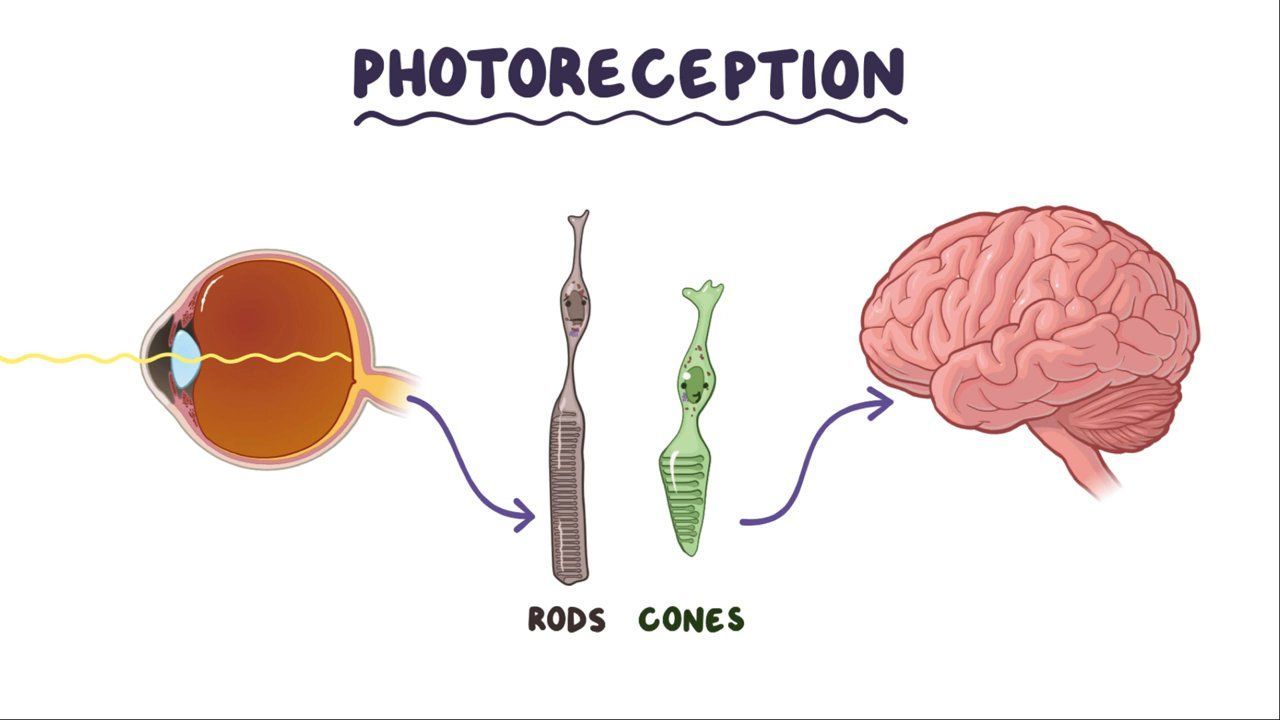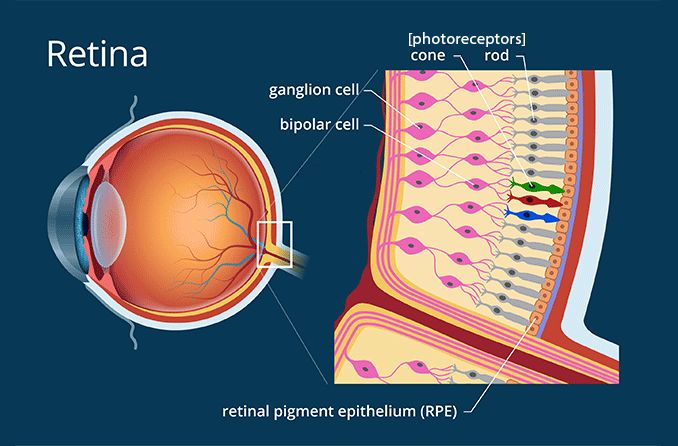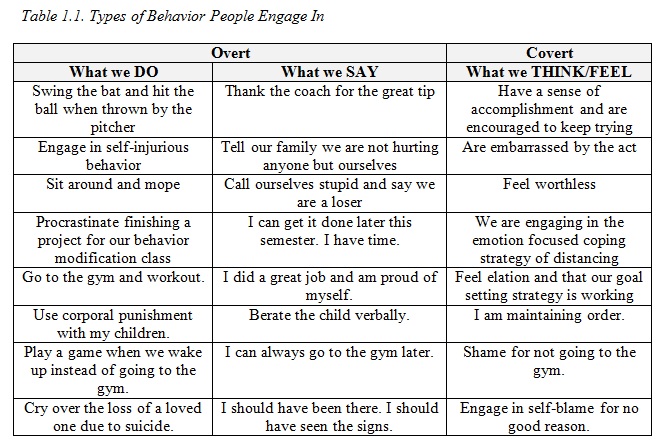Your What does photoreceptor mean in anatomy images are available. What does photoreceptor mean in anatomy are a topic that is being searched for and liked by netizens now. You can Get the What does photoreceptor mean in anatomy files here. Find and Download all free images.
If you’re looking for what does photoreceptor mean in anatomy pictures information linked to the what does photoreceptor mean in anatomy keyword, you have pay a visit to the ideal blog. Our site frequently gives you suggestions for seeing the highest quality video and picture content, please kindly surf and find more informative video articles and graphics that fit your interests.
What Does Photoreceptor Mean In Anatomy. In anatomycell Biology. Phototransduction is the conversion of light into a change in the electrical potential across the cell membrane. Rods are located throughout the retina. Information and translations of photoreceptor in the most comprehensive dictionary definitions resource on the web.
 Photoreception Osmosis From osmosis.org
Photoreception Osmosis From osmosis.org
The tight packing is needed to achieve a high photopigment. Structure and function of photoreceptors. Mechanoreceptors are nerve endings that receive tactile information enabling the sense of touch and perception of vibrations. A photoreceptor cell is a specialized type of neuroepithelial cell found in the retina that is capable of visual phototransduction. In animals such structures are called eyes. Learn vocabulary terms and more with flashcards games and other study tools.
They are a specialised type of neuroepithelial cell that is capable of absorbing light and converting it into an electrical signal in the initial stages of the vision mechanism a process known as phototransduction.
Phototransduction is the conversion of light into a change in the electrical potential across the cell membrane. See Note at circadian rhythm. Fōtō-rĭ-sĕptər A specialized structure or cell that is sensitive to light. Mechanoreceptors are nerve endings that receive tactile information enabling the sense of touch and perception of vibrations. Signals from the photoreceptors are sent through the optic nerve to the brain for processing. They are a specialised type of neuroepithelial cell that is capable of absorbing light and converting it into an electrical signal in the initial stages of the vision mechanism a process known as phototransduction.
 Source: pinterest.com
Source: pinterest.com
Photoreceptors are specialized neurons found in the retina that convert light into electrical signals that stimulate physiological processes. This process involves the sequential activation of a series of signaling proteins leading to the eventual opening or closing of. Photoreceptors are the cells in the retina that respond to light. A sense organ specialized to detect light as the eye or any of the elements of a compound eye. To be more specific photoreceptor proteins in the cell absorb photons triggering a change in the cells membrane.

Photoreceptors are special cells in the eyes retina that are responsible for converting light into signals that are sent to the brain. Photoreceptors are special cells in the eyes retina that are responsible for converting light into signals that are sent to the brain. Photoreceptor a structure or pigment sensitive to light. In anatomycell Biology. Photoreceptor cells are located in the retina which is the light-sensitive tissue that lines the back of the eye.
 Source: in.pinterest.com
Source: in.pinterest.com
Photoreceptors are specialized neurons found in the retina that convert light into electrical signals that stimulate physiological processes. Learn vocabulary terms and more with flashcards games and other study tools. Signals from the photoreceptors are sent through the optic nerve to the brain for processing. In vertebrate animals the photoreceptors are the rods and cones of the eyes retina. Structure and function of.
 Source: pl.pinterest.com
Source: pl.pinterest.com
Signals from the photoreceptors are sent through the optic nerve to the brain for processing. Each type of photoreceptor works to convert different levels of light into signals that are then sent to the brain to form a visual representation. Photoreceptors are located in the retina which is a light sensitive neural layer of tissue at the. See Note at circadian rhythm. This process involves the sequential activation of a series of signaling proteins leading to the eventual opening or closing of.
 Source: osmosis.org
Source: osmosis.org
Photoreception is the process that describes how photoreceptors like rods and cones absorb light waves that enter the eye and convert them into electrical signals which are then sent to the brain for visual processing. Photoreception is the process that describes how photoreceptors like rods and cones absorb light waves that enter the eye and convert them into electrical signals which are then sent to the brain for visual processing. A sense organ specialized to detect light as the eye or any of the elements of a compound eye. Photoreceptors are specialized neurons found in the retina that convert light into electrical signals that stimulate physiological processes. Simon Makin Scientific American 23 Apr.
 Source: pinterest.com
Source: pinterest.com
Structure and function of. In anatomycell Biology. The tight packing is needed to achieve a high photopigment. This process involves the sequential activation of a series of signaling proteins leading to the eventual opening or closing of. Mechanoreceptors are nerve endings that receive tactile information enabling the sense of touch and perception of vibrations.
 Source: researchgate.net
Source: researchgate.net
A photoreceptor cell is a specialized type of neuroepithelial cell found in the retina that is capable of visual phototransduction. Euglena Cell Anatomy Photoreceptor or Paraflagellar Body. Thus the photoreceptor cells transduce the sensory stimulus light and pass on a signal to retinal circuits that carry this information to higher visual centers. Photoreception is the process that describes how photoreceptors like rods and cones absorb light waves that enter the eye and convert them into electrical signals which are then sent to the brain for visual processing. Photoreceptors are special cells in the eyes retina that are responsible for converting light into signals that are sent to the brain.
 Source: pinterest.com
Source: pinterest.com
Photoreceptors are specialized neurons that comprise the light-sensing cells of the retina an extension of the central nervous system located at the back of the eye. The American Heritage Student Science Dictionary Second Edition. Photoreceptors are special cells in the eyes retina that are responsible for converting light into signals that are sent to the brain. Photoreceptors are located in the retina which is a light sensitive neural layer of tissue at the. A sense organ specialized to detect light as the eye or any of the elements of a compound eye.
 Source: pinterest.com
Source: pinterest.com
The tight packing is needed to achieve a high photopigment. Photoreceptor cell a photosensitive cell in the retina of vertebrate eyes Simple eye in invertebrates Ocellus photoreceptor organ simple eye of invertebrates often composed of a few sensory cells and a single lens. It assists in phototaxis movement toward or away from light. The American Heritage Student Science Dictionary Second Edition. In vertebrate animals the photoreceptors are the rods and cones of the eyes retina.
 Source: pinterest.com
Source: pinterest.com
The American Heritage Student Science Dictionary Second Edition. A photosensitive cell most commonly referring to a specialized type of neuron found in the retina of vertebrate eyes that is capable of phototransduction. Signals from the photoreceptors are sent through the optic nerve to the brain for processing. Rod photoreceptors detect motion provide black-and-white vision and function well in low light. They are very sensitive to light operate over a wide range of light stimuli and recognize size.
 Source: allaboutvision.com
Source: allaboutvision.com
The retina which is the size of thumbnail is filled with approximately 150. Euglena Cell Anatomy Photoreceptor or Paraflagellar Body. In vertebrate animals the photoreceptors are the rods and cones of the eyes retina. Photoreceptor cell a photosensitive cell in the retina of vertebrate eyes Simple eye in invertebrates Ocellus photoreceptor organ simple eye of invertebrates often composed of a few sensory cells and a single lens. Photoreceptors are specialized neurons found in the retina that convert light into electrical signals that stimulate physiological processes.
 Source: pinterest.com
Source: pinterest.com
Photoreception is the process that describes how photoreceptors like rods and cones absorb light waves that enter the eye and convert them into electrical signals which are then sent to the brain for visual processing. Amy Dockser Marcus WSJ 24 May 2021 The retinas photoreceptor cells use light-sensitive proteins called opsins to convert light entering the eye into electrical signals. Photoreceptors are special cells in the eyes retina that are responsible for converting light into signals that are sent to the brain. Mechanoreceptors are nerve endings that receive tactile information enabling the sense of touch and perception of vibrations. Photoreceptor cells are located in the retina which is the light-sensitive tissue that lines the back of the eye.
 Source: pinterest.com
Source: pinterest.com
Evan Debevec-McKenney Elizabeth Nixon-Shapiro MSMI. Learn the definition of mechanoreceptors explore the different types. Photoreceptors are the cells in the retina that respond to light. The American Heritage Student Science Dictionary Second Edition. It assists in phototaxis movement toward or away from light.
 Source: pinterest.com
Source: pinterest.com
Photoreceptors are the cells in the retina that respond to light. Phototransduction is the conversion of light into a change in the electrical potential across the cell membrane. Photoreceptors are specialized neurons that comprise the light-sensing cells of the retina an extension of the central nervous system located at the back of the eye. Photoreceptor cells are located in the retina which is the light-sensitive tissue that lines the back of the eye. This light-sensitive region detects light and is located near the flagellum.
 Source: pinterest.com
Source: pinterest.com
A nerve ending cell or group of cells specialized to sense or receive light. Photoreceptor layer of retina - histological slide Photoreceptors are image forming cells. Photoreceptor a structure or pigment sensitive to light. Structure and function of photoreceptors. A photoreceptor cell is a specialized type of neuroepithelial cell found in the retina that is capable of visual phototransduction.
 Source: pinterest.com
Source: pinterest.com
To be more specific photoreceptor proteins in the cell absorb photons triggering a change in the cells membrane. Rods are located throughout the retina. The great biological importance of photoreceptors is that they convert light into signals that can stimulate biological processes. They are very sensitive to light operate over a wide range of light stimuli and recognize size. Photoreceptors are special cells in the eyes retina that are responsible for converting light into signals that are sent to the brain.

Rods are located throughout the retina. Phototransduction is the conversion of light into a change in the electrical potential across the cell membrane. In animals such structures are called eyes. Learn vocabulary terms and more with flashcards games and other study tools. Cones are responsible for central vision and color vision and perform best in medium and bright light.
 Source: courses.lumenlearning.com
Source: courses.lumenlearning.com
Photoreceptors are located in the retina which is a light sensitive neural layer of tissue at the. See Note at circadian rhythm. Structure and function of. To be more specific photoreceptor proteins in the cell absorb photons triggering a change in the cells membrane. In vertebrate animals the photoreceptors are the rods and cones of the eyes retina.
This site is an open community for users to share their favorite wallpapers on the internet, all images or pictures in this website are for personal wallpaper use only, it is stricly prohibited to use this wallpaper for commercial purposes, if you are the author and find this image is shared without your permission, please kindly raise a DMCA report to Us.
If you find this site value, please support us by sharing this posts to your favorite social media accounts like Facebook, Instagram and so on or you can also save this blog page with the title what does photoreceptor mean in anatomy by using Ctrl + D for devices a laptop with a Windows operating system or Command + D for laptops with an Apple operating system. If you use a smartphone, you can also use the drawer menu of the browser you are using. Whether it’s a Windows, Mac, iOS or Android operating system, you will still be able to bookmark this website.






